This is a composite image of the small moons of Saturn.
Click on image for full size
NASA
Thebe
Thebe was
discovered by S. Synnott of the
Voyager team in 1979. Of the 16 moons it is the 4th closest to Jupiter, with a standoff distance of 221,900 km. Thebe is one of the
small moons, and is about the size of a county, at
100 km (62 miles) wide.
As a small moon, the composition and surface features of Thebe are unknown.
You might also be interested in:
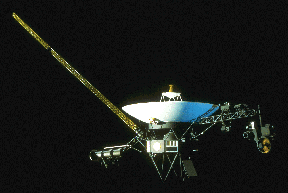
The rare geometric arrangement of planets Jupiter, Saturn, Uranus, and Neptune in the 1980's made it possible for the Voyager spacecrafts to visit them over a 12 year span instead of the normal 30. They
...more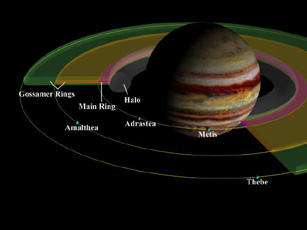
Jupiter has a series of rings circling it! Unlike Saturn's rings, which are clearly visible from Earth even through small telescopes, Jupiter's rings are very difficult to see. So difficult, in fact, that
...more
Amalthea was discovered by E Barnard in 1872. Of the 17 moons it is the 3rd closest to Jupiter, with a standoff distance of 181,300 km. Amalthea is about the size of a county or small state, and is just
...more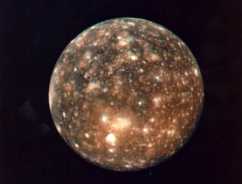
Callisto was first discovered by Galileo in 1610, making it one of the Galilean Satellites. Of the 60 moons it is the 8th closest to Jupiter, with a standoff distance of 1,070,000 km. It is the 2nd largest
...more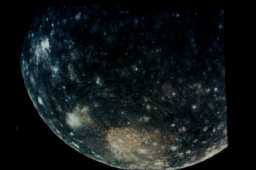
Most of the moons and planets formed by accretion of rocky material and volatiles out of the primitive solar nebula and soon thereafter they differentiated. Measurements by the Galileo spacecraft have
...more
Many examples of the differing types of terrain are shown in this image. In the foreground is a huge impact crater, which extends for almost an entire hemisphere on the surface. This crater may be compared
...more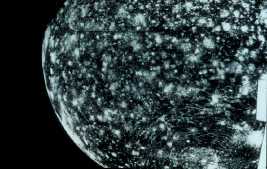
The surface of Callisto is deeply pockmarked with craters. It looks to be perhaps the most severely cratered body in the solar system. There are also very large craters to be found there. The severity
...more









